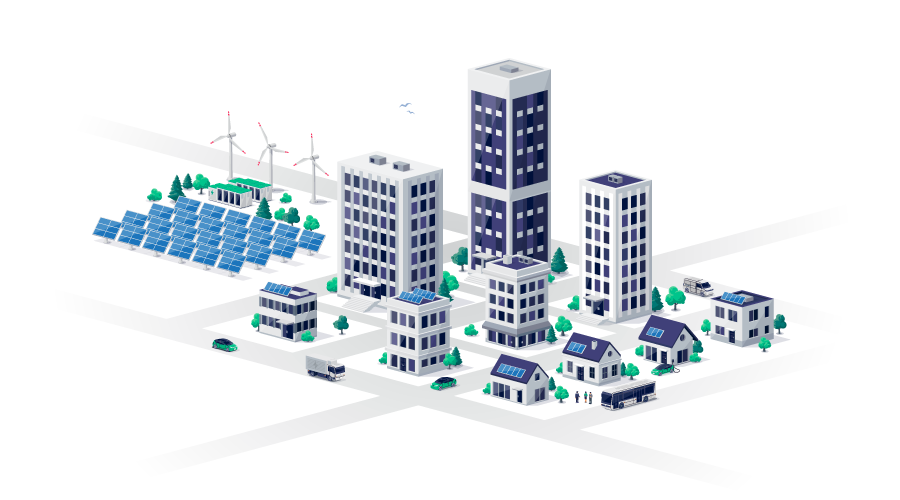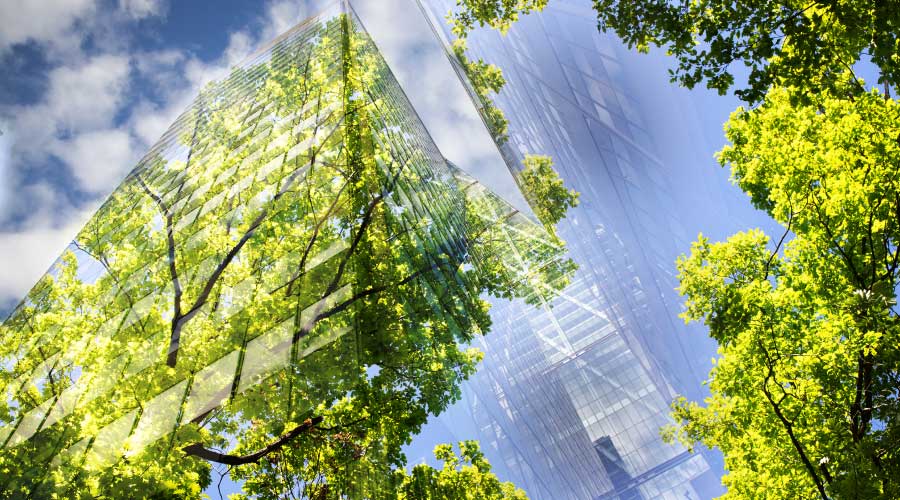Comprehensive Preventive Maintenance Program Helps Extend Equipment Life
Aside from the implementation cost, which is a relatively fixed cost, the driving factor for a good ROI is the cumulative savings, which are a function of annual cost savings and the equipment's useful life. The best method of maintaining annual cost savings and extending the useful life of an asset is through a comprehensive preventive maintenance (PM) program.
PM is interval-based work that is planned and scheduled to maximize efficiency, minimize excessive labor and parts replacement, and prolong the useful service life of equipment. With few exceptions, PM is the most effective way to successfully maintain building systems and extend equipment service life.
It is rare to see a building that does not have any opportunities to improve its energy efficiency. Responding to the steady rise in energy costs nationwide, manufacturers continue to develop and release new and novel technology.
Not all new technology is appropriate or worthwhile for a particular facility, but managers who carefully consider the potential savings and ROI of measures to improve energy efficiency can gain a better understanding of the options that deserve further consideration.
David Cosaboon, LEED AP O&M, is a project engineer with Facility Engineering Associates in Fairfax, Va.
Related Topics:














